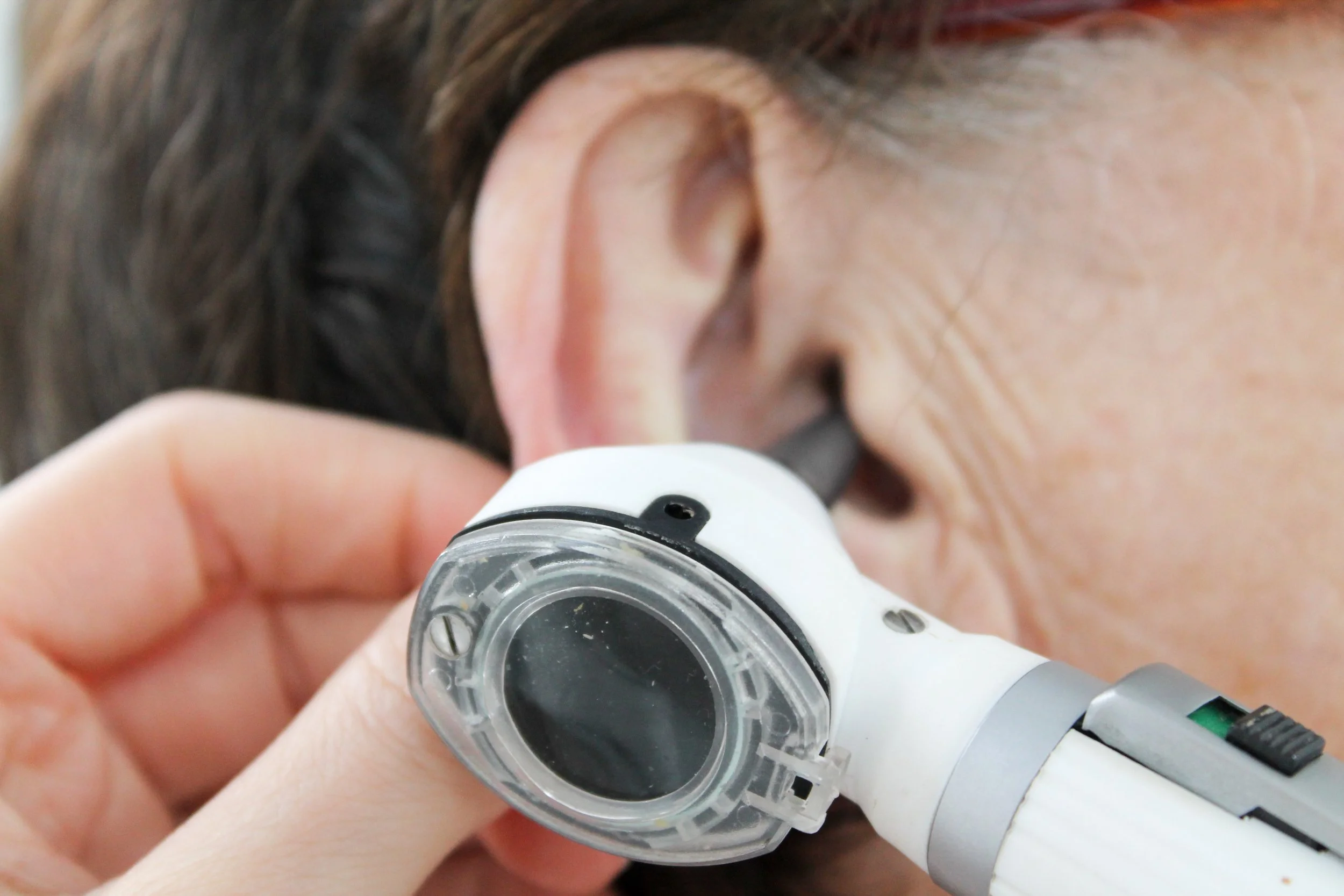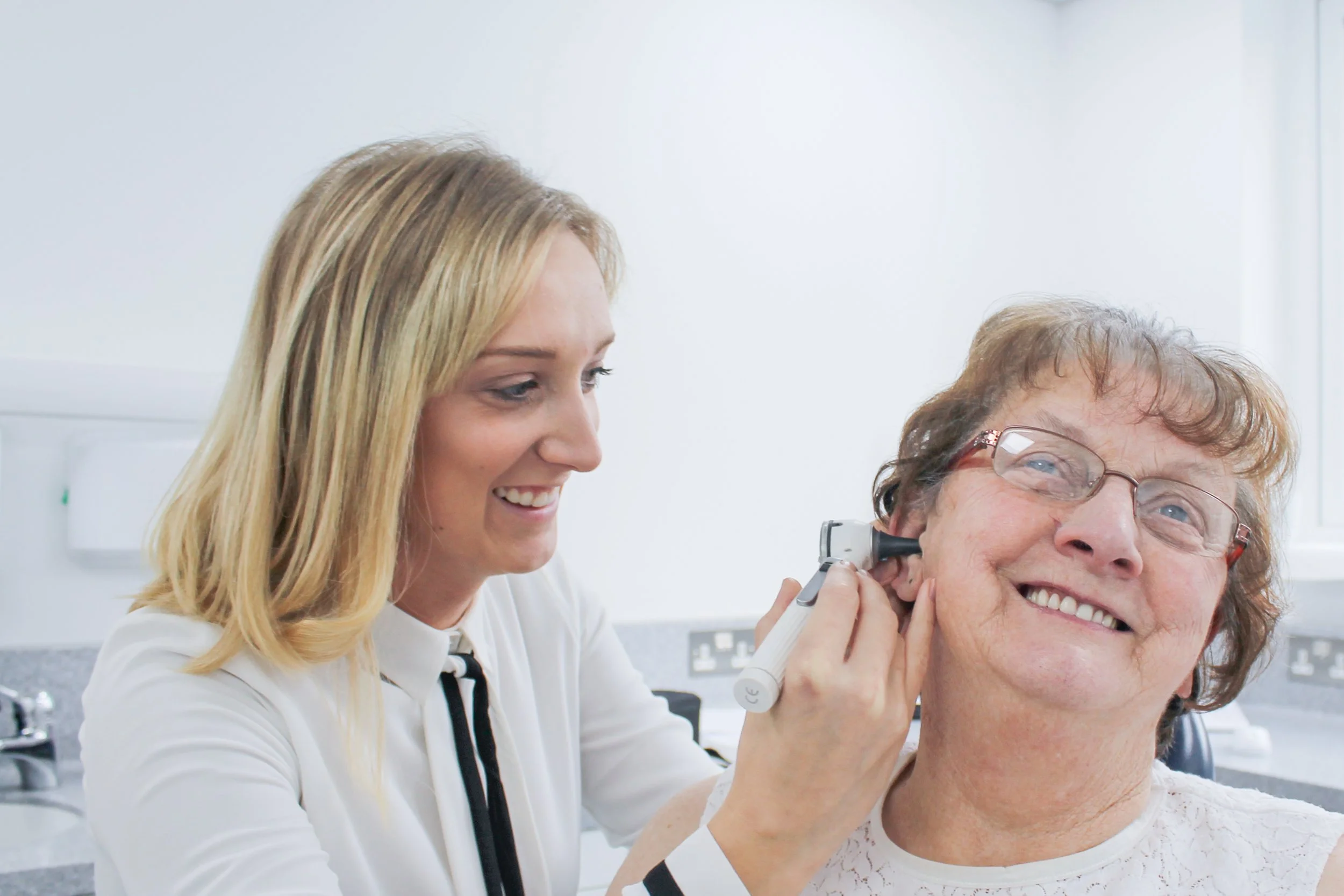
Ear wax removal is always carried out safely by a trained Audiologist, following best practice and British Society of Audiology guidelines
After a detailed visual inspection of your ear health and the wax present, a combination of techniques may be used to ensure the safest and most effective removal, depending on the quantity and consistency of the wax. This may include microsuction (using a fine suction tube under magnification), manual removal with precision instruments, or a spray wash of warm water circulated around the ear canal to loosen softer wax deposits.
What is Ear Wax?
Ear wax (cerumen) is a natural substance that protects the ear by trapping dust and debris. Normally, it clears on its own, but in some people it builds up, becoming impacted and causing problems.
Impaction can result from narrow or sharply bent ear canals, bony growths (exostosis), use of cotton buds, hearing aids, ear buds, or ear plugs. Wax type and production vary by individual.
If left untreated, impacted wax can lead to reduced hearing, a blocked or full sensation, tinnitus, dizziness, ear pain, and irritation.
What is microsuction?
Microsuction is a safe, effective, and pain-free ear wax removal method that uses a fine sterile suction device under microscope guidance, with no need for weeks of ear drops—just two to three days is enough.
Who can benefit from Microsuction?
Anyone that wants immediate relief from wax build up
Anyone that has mastoid cavities where the common irrigation/syringing procedure should be avoided
Anyone with perforations where the common irrigation/syringing procedure should be avoided
Immediate wax removal for flying
Immediate wax removal needed for completion of Hearing Tests
Immediate wax removal for fully functioning Hearing Aids



